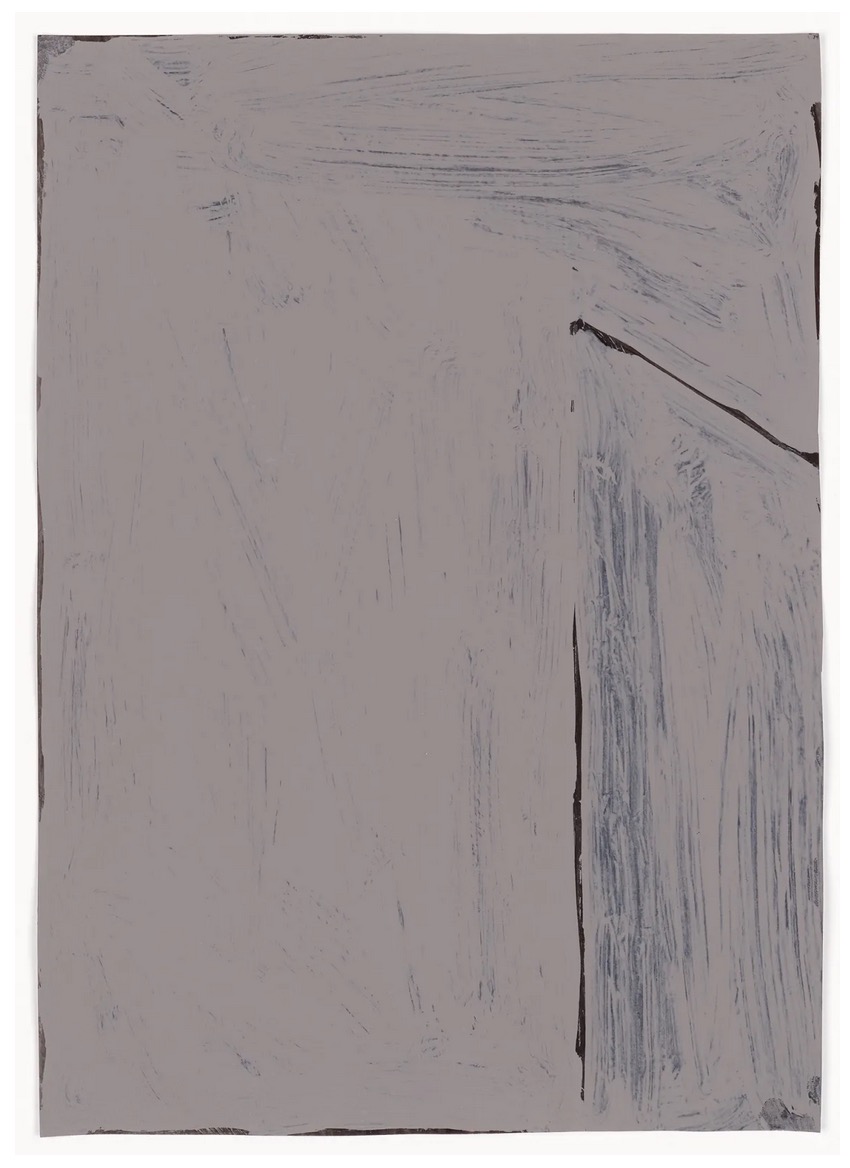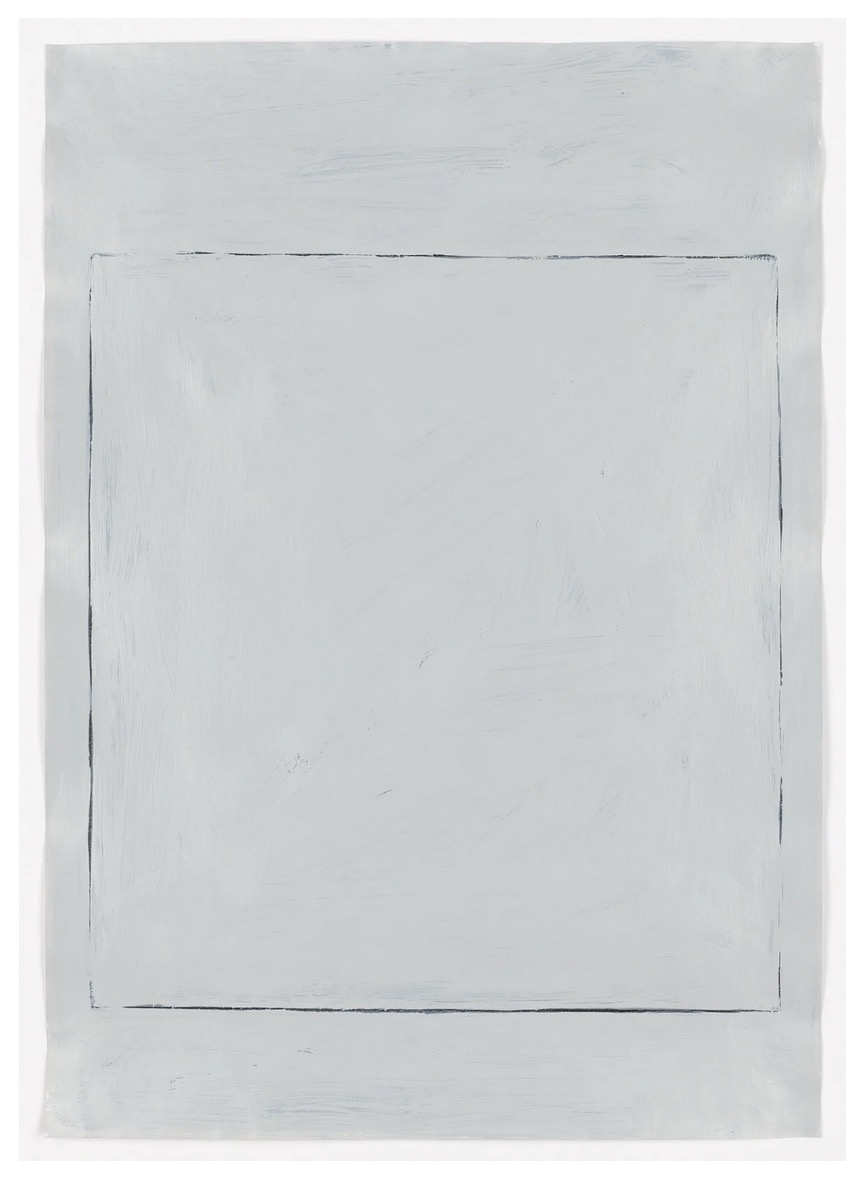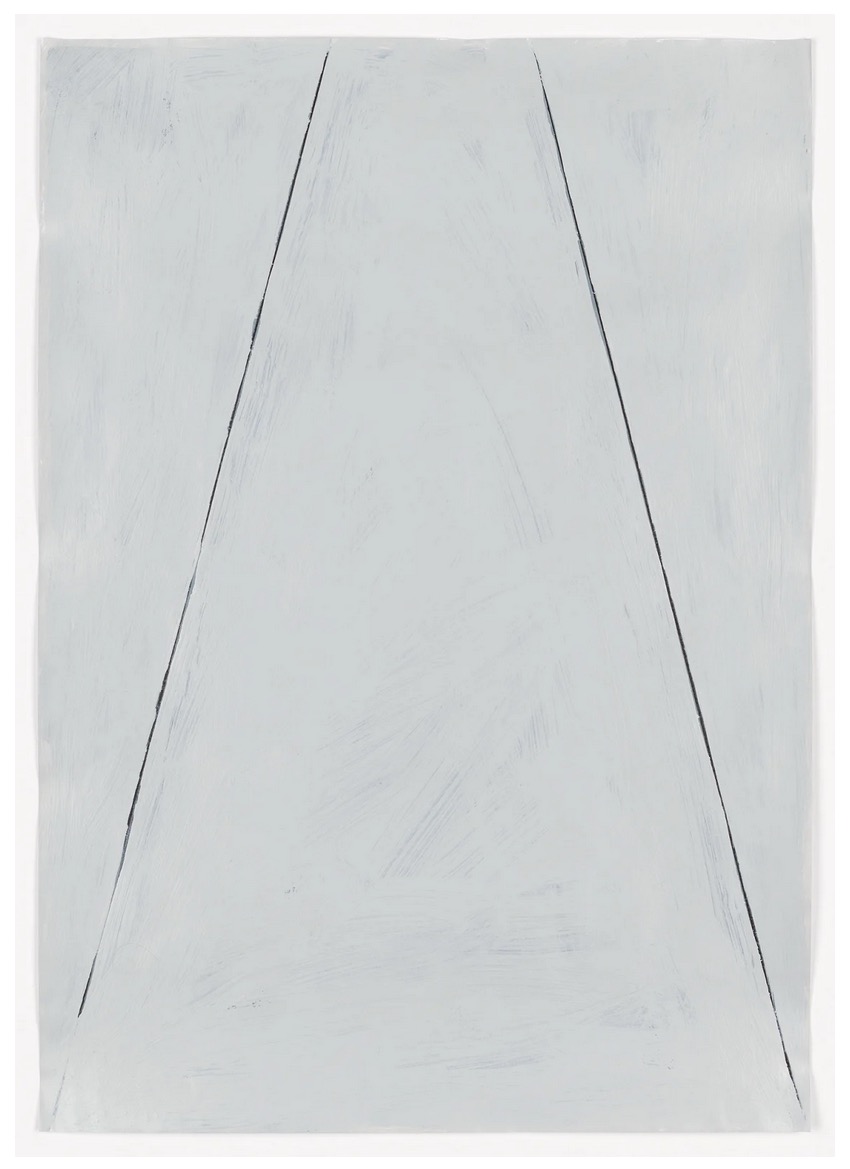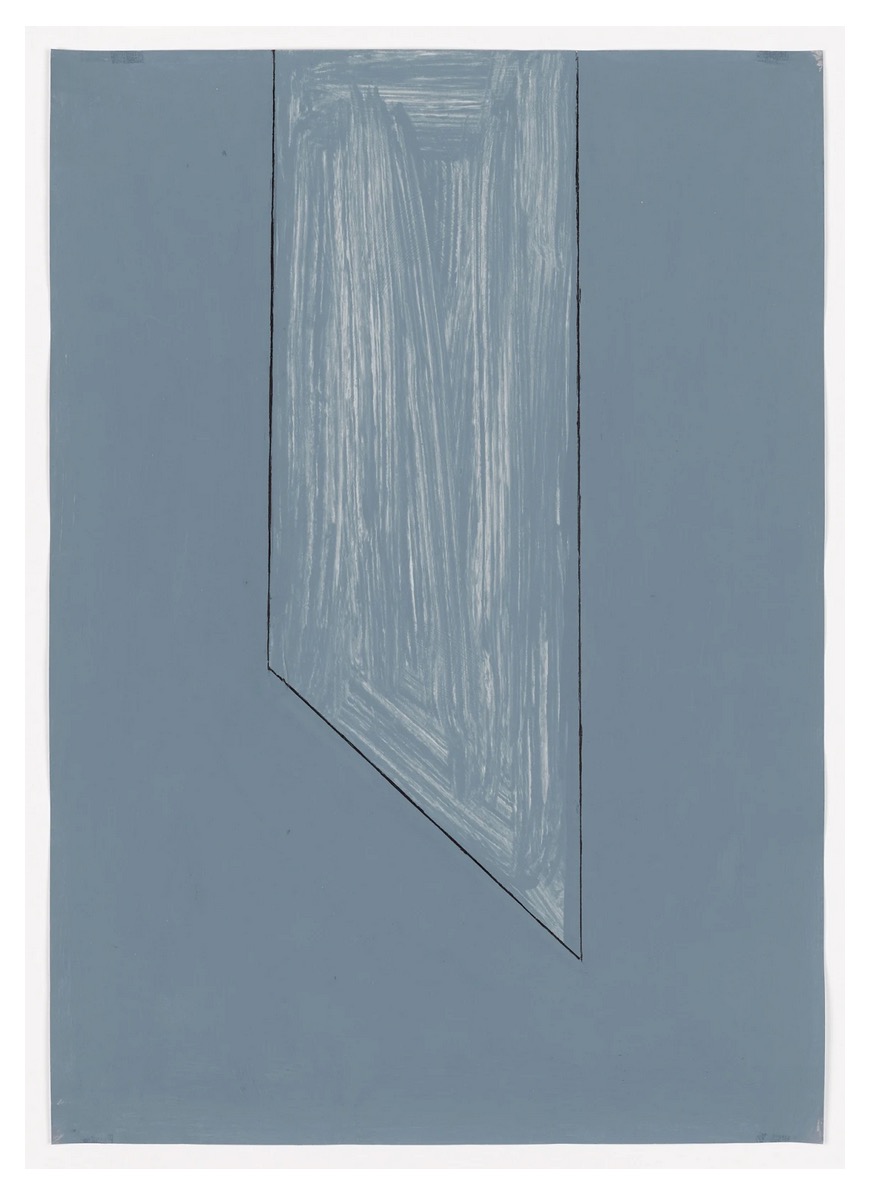artist / participant
press release only in german
bis 2.6.21
Jürgen Schön. Reliefs und Zeichnungen
(16 April - 22 Mai 2021)
In der Ausstellung zeigen wir aktuelle Werke von Jürgen Schön.
Jürgen Schön (*1956) lebt und arbeitet in Berlin.
Jürgen Schön, Reliefs and drawings View works
In the exhibition we present current works by Jürgen Schön. Jürgen Schön (*1956) lives and works in Berlin.
*
Jürgen Schön: Reliefs and Drawings
An exhibition of works by Jürgen Schön dating from the year 2020 sheds light on the productive interrelationship between drawing and object in his oeuvre. The show brings together three drawing blocks of ten drawings each executed in pencil, ink, and acrylic with a group of reliefs made of paper, cardboard, and wood. These works enter into dialogue with one another as well as with the specific features of the exhibition rooms. And the point of departure for each individual work is likewise the physical experience of space to which the artist constantly subjects himself in that he perceives everything surrounding him both inside and out of doors in its stimulating— and in particular its three-dimensional—qualities. In pandemic times, of course, virtual spaces have come to figure more and more prominently in our perception; for the moment, however, the extent to which they can have an equally inspiring effect must remain undecided.
The photographs Jürgen Schön took as he made his way around the city in his first year in Berlin after moving there from Dresden are not primarily aides-memoires, but already themselves an artistic translation of space into surface. The photos are followed by sketches in which the artist further reduces the streets, buildings, signs, and traffic of the urban space to basic structural and geometric forms. The exhibition Crossing Borders: Collecting for the Future on view at the Dresden Kupferstich- Kabinett until 31 May (and, in case of lockdown, online as a virtual tour) offers instructive insights into Schön’s working principle. In the sketchbooks on display there, which the artist filled on train trips between Dresden and Berlin, two things are evident. On the one hand, the simplicity and abstraction of the forms go hand in hand with a focus on certain excerpts of reality, for which reason the vertical format of the sketches is not at odds with the panorama-like impression of the landscape from the train window. (Incidentally, Schön’s photographs likewise often manifest a concentrated look at suspenseful fragments of volumes and surfaces.) On the other hand, from one sheet to the next, the sketches mount up to form a stream of drawings that find their artistically founded continuation in the serial works on paper.
That is because—just as, in the eyes of the stroller, a city reassembles itself anew from recurring and modified forms with each new stroll—Schön’s drawings show how keenly he is interested in depicting the basic elements he identifies in- and out of doors in diverse manner and ever-changing arrangements and representations. The two drawing groups in A2 format differ from one another in that, in the darker series, the contrast between opaque and glazed zones tends to bring out the surfaces, while the lighter series gives more emphasis to the contours. In the A4 (210 by 297 mm) series, for its part, what is conspicuous is the rougher surface created by the brush. This surface in turn forges a link to the white reliefs that can justifiably be conceived of as ‘three-dimensional drawings’, as their forms result less from their volumes than from the lines of shade. In the minimalistic drawings and the archaic-looking reliefs alike, Schön addresses the fundamental relationships between line, surface, colour, and form in two- as well as three-dimensional compositions. The abstract-geometric images are remarkable not least of all from the point of view of perceptual psychology when, in the pictorial field, surfaces and forms seem to jump forward and recede again, rectangles and squares alternate between lying and standing, and trapezoids and rhombi suddenly appear as spatial enfilades or stereometric bodies.
The exhibition brings the experience full circle back to real space. With his sensitive arrangement of the works, the artist has created a web of references between the inner-pictorial elements and those of the surrounding architecture. His intervention Two Forms in Space at the Dresden Royal Palace in 2019 clearly demonstrated this cycle of forms—from experienced surroundings to acquisition by way of drawing, three-dimensional application, and finally the mirroring of the studio or exhibition space. Inspired by the L-shaped door frames of the venue, he presented three drawing series in which he had explored that same shape, arranging them in such a way that, in their specific rhythmicity, the ensembles responded to the walls, floor, ceiling, and doorways. In the artistic correlation between drawing, relief, and space, Jürgen Schön not only sharpens our experience of our usually urban living environments, but also—in the infinite variation of his precise artistic vocabulary— shows us how sensual and surprising a minimalistic artwork can be.
Björn Egging








